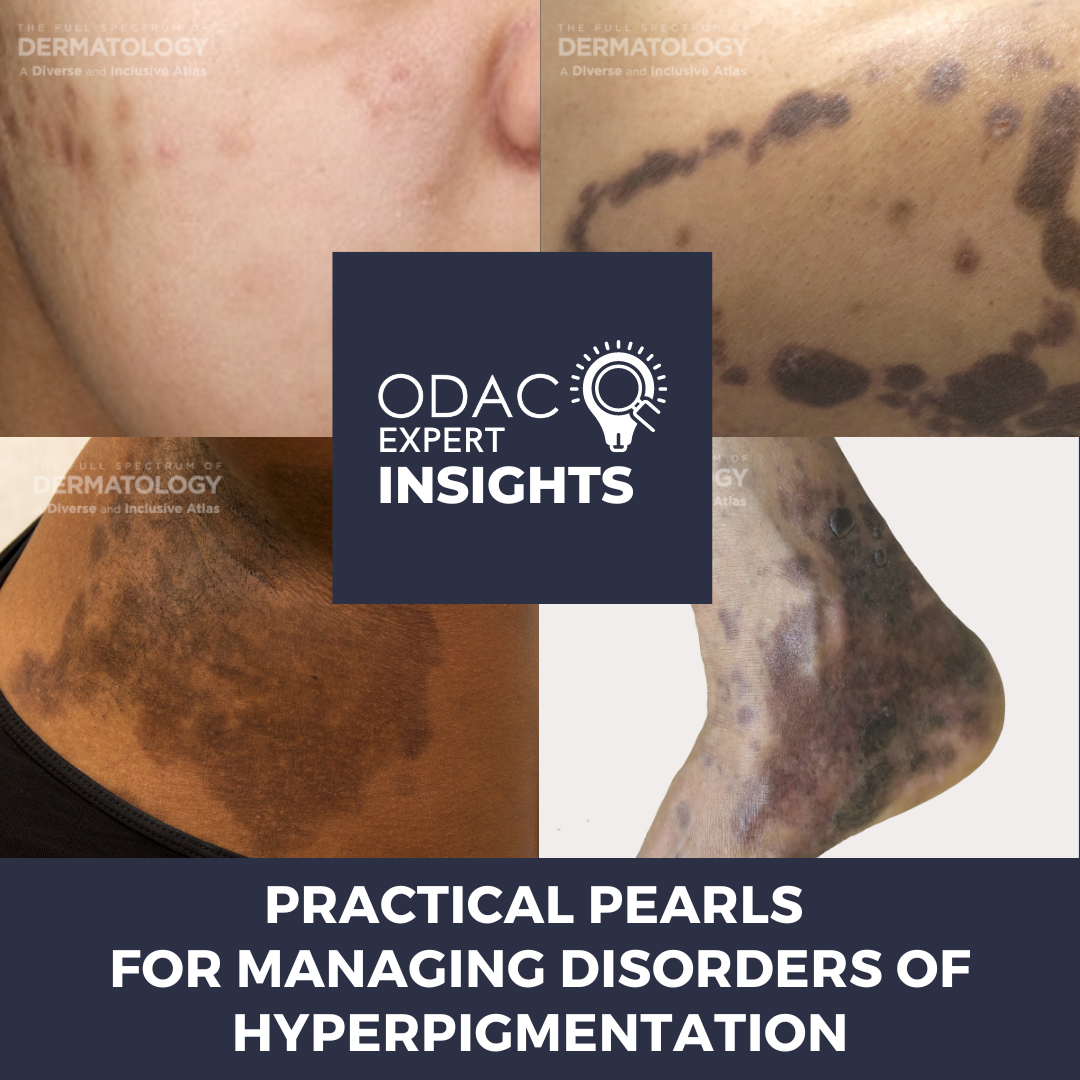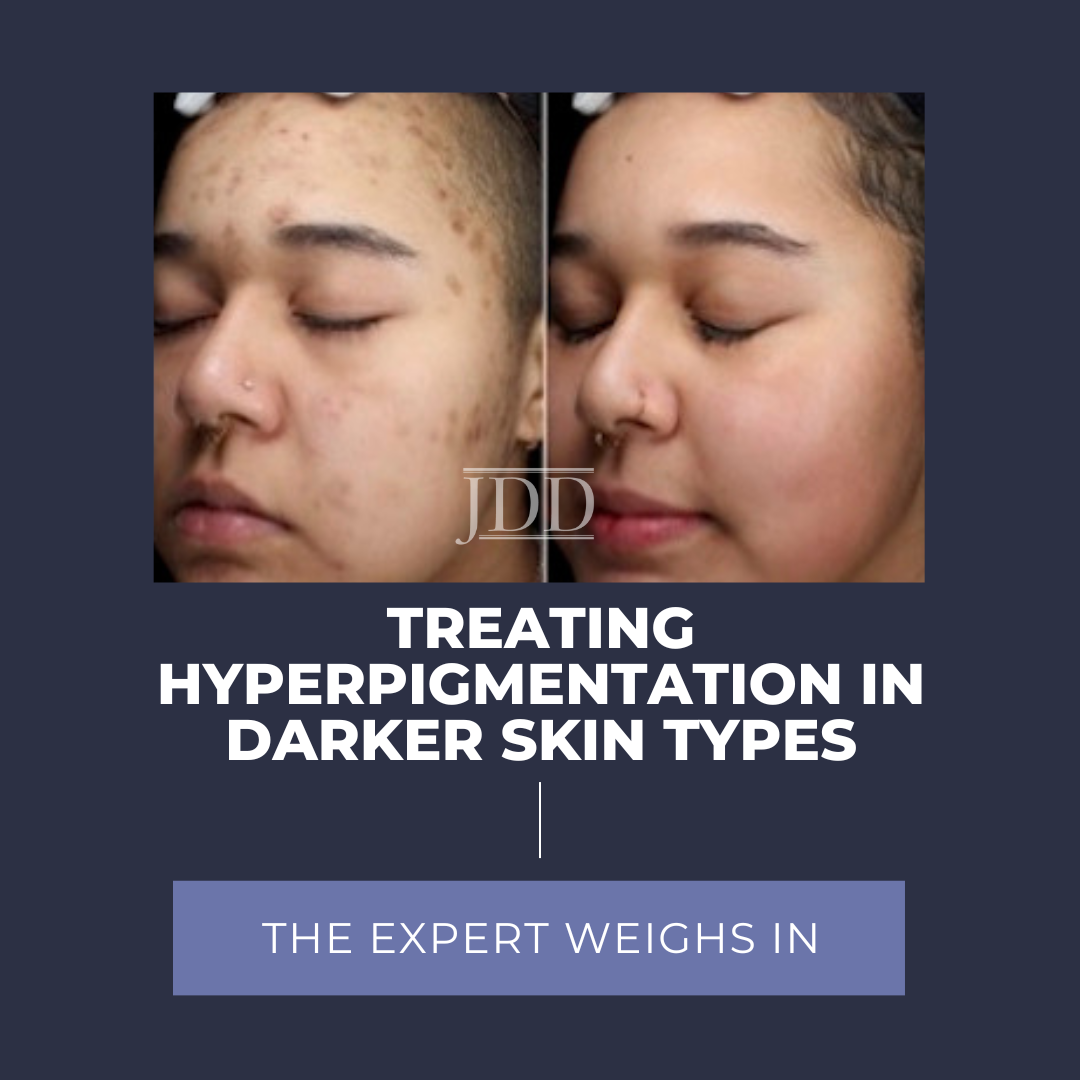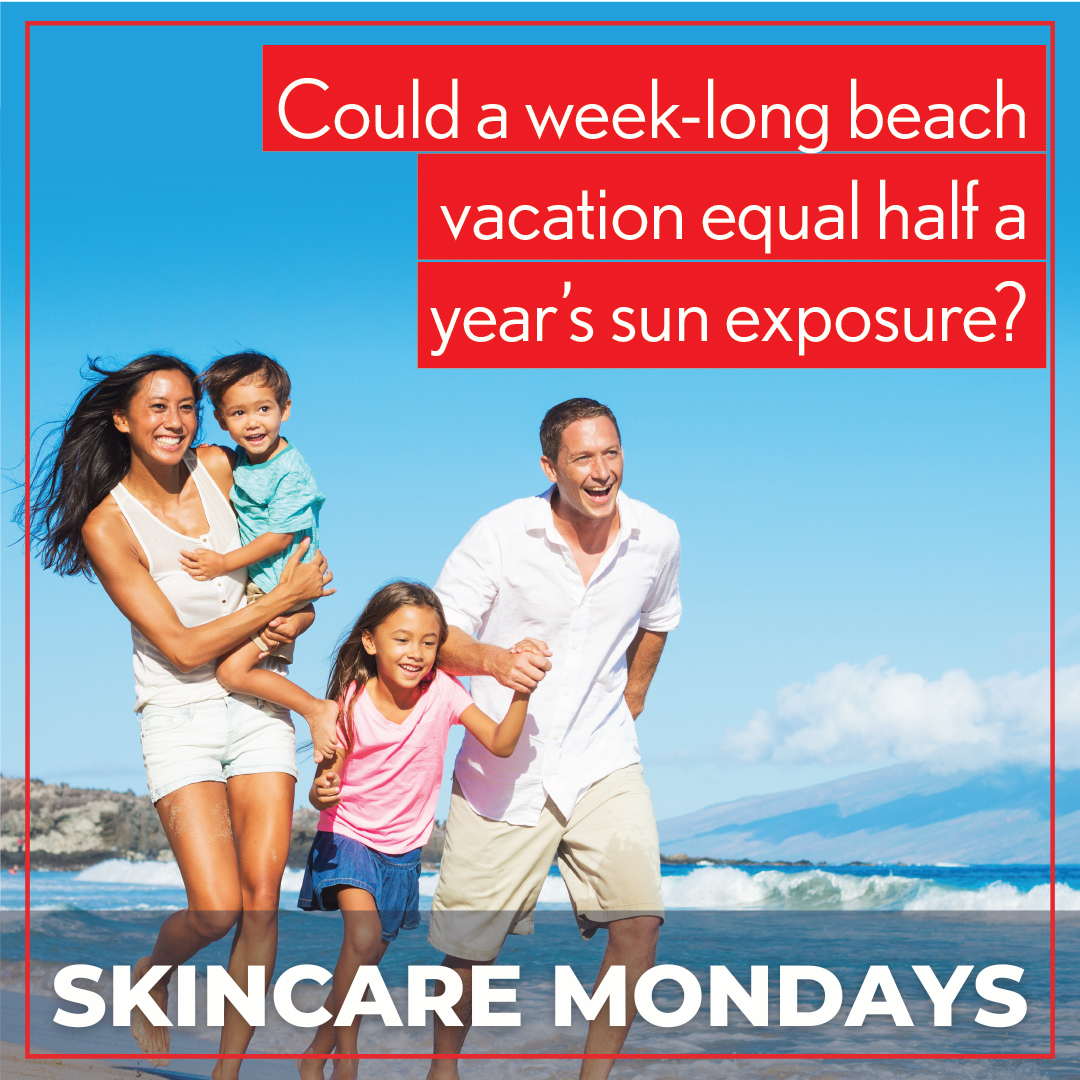Practical Pearls for Diagnosing Disorders of Hyperpigmentation
 If you find diagnosing disorders of hyperpigmentation challenging, then this is just for you! I had the privilege of attending the 2023 ODAC Dermatology, Aesthetic, and Surgical Conference to learn about disorders of hyperpigmentation from Dr. Nada Elbuluk. Dr. Elbuluk is an Associate Professor and Director of the Skin of Color Program and Pigmentary Disorders Clinic at the University of Southern …
If you find diagnosing disorders of hyperpigmentation challenging, then this is just for you! I had the privilege of attending the 2023 ODAC Dermatology, Aesthetic, and Surgical Conference to learn about disorders of hyperpigmentation from Dr. Nada Elbuluk. Dr. Elbuluk is an Associate Professor and Director of the Skin of Color Program and Pigmentary Disorders Clinic at the University of Southern …
 If you find diagnosing disorders of hyperpigmentation challenging, then this is just for you! I had the privilege of attending the 2023 ODAC Dermatology, Aesthetic, and Surgical Conference to learn about disorders of hyperpigmentation from Dr. Nada Elbuluk. Dr. Elbuluk is an Associate Professor and Director of the Skin of Color Program and Pigmentary Disorders Clinic at the University of Southern …
If you find diagnosing disorders of hyperpigmentation challenging, then this is just for you! I had the privilege of attending the 2023 ODAC Dermatology, Aesthetic, and Surgical Conference to learn about disorders of hyperpigmentation from Dr. Nada Elbuluk. Dr. Elbuluk is an Associate Professor and Director of the Skin of Color Program and Pigmentary Disorders Clinic at the University of Southern … Continue reading "Practical Pearls for Diagnosing Disorders of Hyperpigmentation"


 Essence recently posted an article on how to treat hyperpigmentation on melanated skin. What cosmetic ingredients make the most impact in treating hyperpigmentation in darker skin types? What are the challenges that skin of color poses when treating hyperpigmentation?
For expert advice, I reached out to Miami dermatologist Heather Woolery-Lloyd, MD. She will address hyperpigmentation and other …
Essence recently posted an article on how to treat hyperpigmentation on melanated skin. What cosmetic ingredients make the most impact in treating hyperpigmentation in darker skin types? What are the challenges that skin of color poses when treating hyperpigmentation?
For expert advice, I reached out to Miami dermatologist Heather Woolery-Lloyd, MD. She will address hyperpigmentation and other …  The best New Year's resolutions are the ones you can actually keep. Studies show that nearly half of Americans never use sunscreen and those that do, only apply 25-50% of the recommended amount.1-4
Start the New Year right with one of the easiest things you can do to prevent skin cancer—wear sunscreen daily, even when it's cloudy!
Top 10 Sunscreen New Year’s Resolutions:5-10
1. Limit time …
The best New Year's resolutions are the ones you can actually keep. Studies show that nearly half of Americans never use sunscreen and those that do, only apply 25-50% of the recommended amount.1-4
Start the New Year right with one of the easiest things you can do to prevent skin cancer—wear sunscreen daily, even when it's cloudy!
Top 10 Sunscreen New Year’s Resolutions:5-10
1. Limit time …  Is there a correct order for my skincare routine?
Everyone’s skin is different, and so is the routine that works best for them. The order you apply skincare can make a difference. The general rule of thumb is cleanse, treat, moisturize and protect, with the following tips in mind:
Check the consistency. Apply products in order of thin to thick. Start with liquids and move on to lightweight s …
Is there a correct order for my skincare routine?
Everyone’s skin is different, and so is the routine that works best for them. The order you apply skincare can make a difference. The general rule of thumb is cleanse, treat, moisturize and protect, with the following tips in mind:
Check the consistency. Apply products in order of thin to thick. Start with liquids and move on to lightweight s …  Could a week-long beach vacation equal half a year’s sun exposure?
Americans make more than 400 million visits to the beach every year.1
Studies show UV exposure during vacations makes up to 50% of an individual’s total annual UV exposure.2-6
High-solar-intensity beach settings put patients at risk of UV over-exposure that can lead to acute and chronic health consequences i …
Could a week-long beach vacation equal half a year’s sun exposure?
Americans make more than 400 million visits to the beach every year.1
Studies show UV exposure during vacations makes up to 50% of an individual’s total annual UV exposure.2-6
High-solar-intensity beach settings put patients at risk of UV over-exposure that can lead to acute and chronic health consequences i …